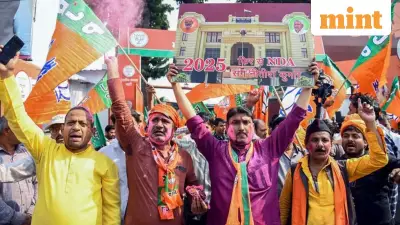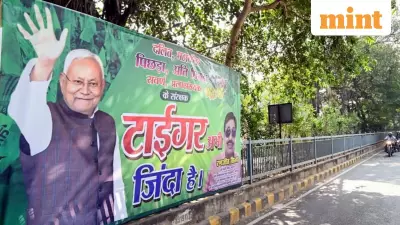
Mumbai Metro Commuters Face Potential Fare Increase as Government Moves to Form Fare Committee
The Maharashtra government has taken a significant step toward potentially revising ticket prices on Mumbai Metro Lines 2A and 7 by formally requesting the central government to constitute a Fare Fixation Committee (FFC). This development, confirmed by senior officials in November 2025, marks the most crucial administrative move yet toward a statutory review of fares on these crucial transit corridors.
Legal Mandate Drives FFC Formation
Under the Metro Railways (Operations and Maintenance) Act, 2002, the formation of a Fare Fixation Committee is compulsory for any structured examination or potential revision of metro fares. The state cabinet cleared the proposal last month, following months of internal discussions within the Mumbai Metropolitan Region Development Authority (MMRDA), which had initially forwarded the proposal to the state government last year.
The proposed three-member panel will include:
- A serving or retired high court judge as chairperson
- Two senior bureaucrats of additional secretary rank or equivalent
- One nominee each from the central and state governments
The committee's mandate involves independently examining the existing fare structure and recommending a revised framework after assessing operational data and financial viability.
Financial Pressures Mount on Metro Operations
Metro Lines 2A (Andheri West–Dahisar) and 7 (Gundavali–Dahisar), which run parallel to the Western Express Highway, began full operations in April 2022. The combined 35.1-km elevated corridors were designed as key mass transit systems to decongest the western suburbs.
However, the reality has fallen short of projections. While the Detailed Project Report anticipated 9 lakh daily passengers in the first year, weekday ridership has plateaued at approximately 2.65 lakh passengers. This significant gap has strained revenue projections and put additional pressure on MMRDA's operational arm, the Maha Mumbai Metro Operations Corporation Ltd (MMMOCL).
Officials revealed that even with rising ridership numbers, the current passenger count falls far short of what these lines need for financial break-even. The costs of staff, energy, maintenance, and system upkeep substantially exceed farebox revenue.
Comparative Fare Structure Highlights Disparity
Adding to the financial strain is the comparatively low fare structure on Lines 2A and 7. Currently, commuters pay Rs 20 for distances between 3 km and 12 km, the lowest among Mumbai's Metro corridors. This contrasts sharply with:
- Metro Line 1 (Versova–Ghatkopar): Rs 40 for similar distance
- Metro Line 3 (underground): Rs 40 for 8–12 km with higher slabs for longer distances
Officials indicated that the current pricing was intentionally kept low during the launch phase to attract passengers and ensure modal shift from other transportation methods. However, with operational costs mounting, authorities believe a more realistic fare structure must be examined.
Commuters Express Concerns Over Potential Hike
The move toward fare revision has already sparked anxiety among regular commuters, many of whom fear higher travel costs amid rising living expenses in Mumbai. For passengers traveling longer distances between the western suburbs, the current fares represent one of the few affordable aspects of their daily commute.
Urban transport officials acknowledge these concerns but suggest revision may be unavoidable. "Fare revision is a routine part of metro operations worldwide. What's important is transparency, predictability, and ensuring that low-income commuters are not priced out," commented a senior transport planner.
While MMRDA officials maintain that the FFC formation is a procedural requirement and doesn't automatically guarantee fare increases, sources within the government and Metro administration view the initiation of the FFC process as the first concrete step toward altering fares, with an increase being the most likely outcome.
Once the Centre approves the state's proposal, the three-member panel will begin its comprehensive review process, studying ridership data, operating costs, comparative fare benchmarks, revenue trends, and commuter affordability. The committee will then prepare a detailed report with recommendations, which the state government must approve before any revision can be implemented.





